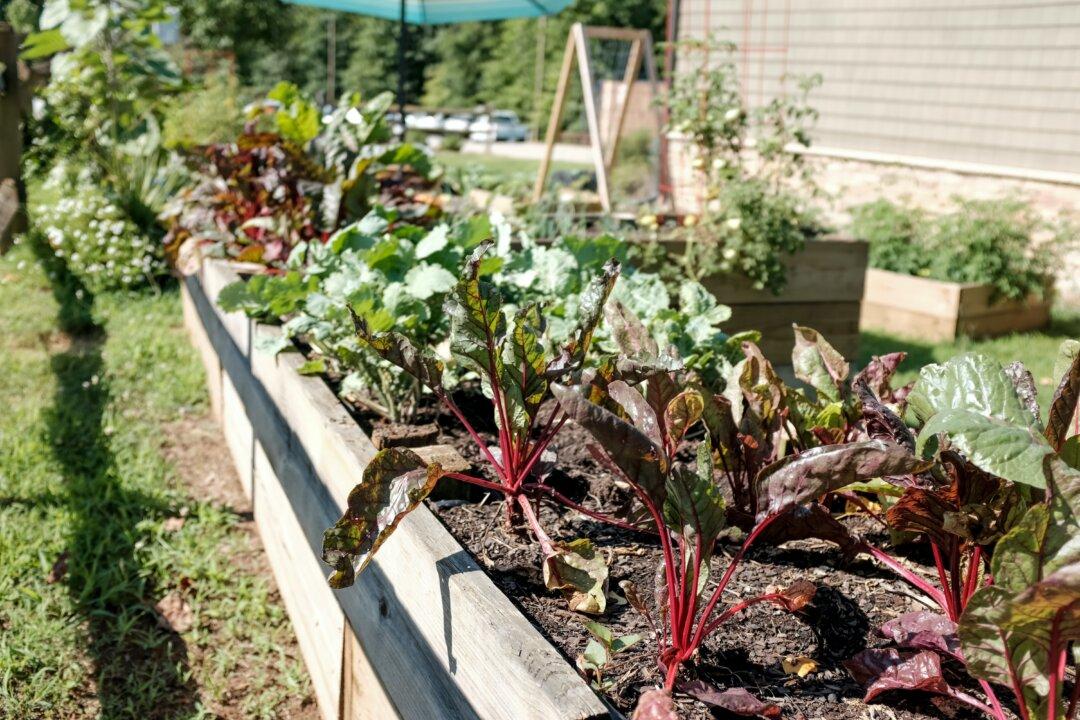The grow-your-own-food movement is sweeping the country one backyard—and even some front yards—at a time. It’s healthy, fun, budget-friendly, and, if done right, can be downright gorgeous.
The days of horticultural segregation are over, meaning you can start by simply planting a few “ornamedibles” in between your decorative plants, or clearing out those dated shrubs, flowers, or weeds that you’ve been wanting to reimagine for a while now, to create a comprehensive farm-to-table experience.





